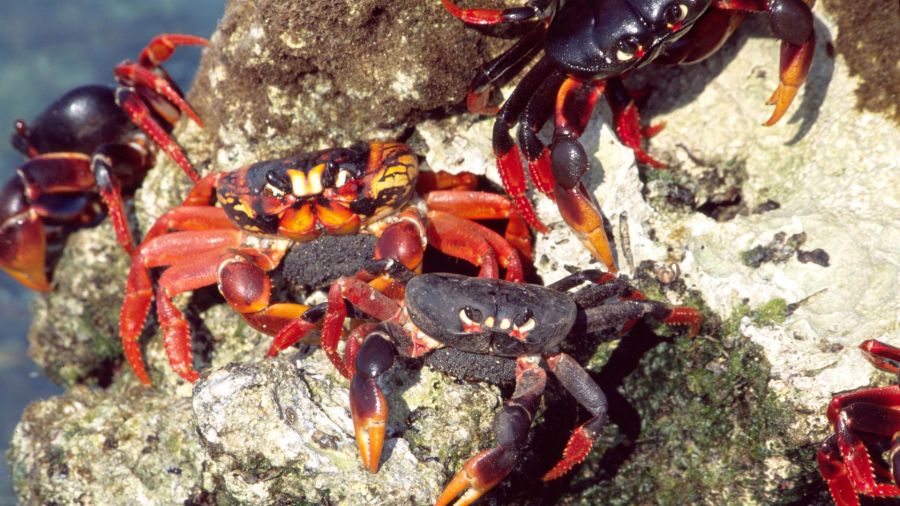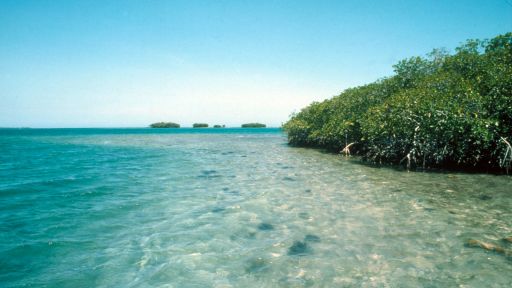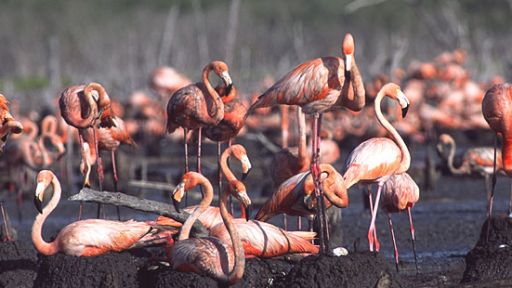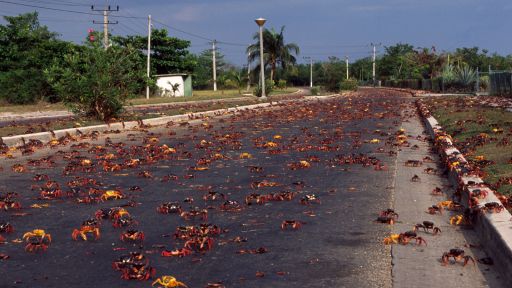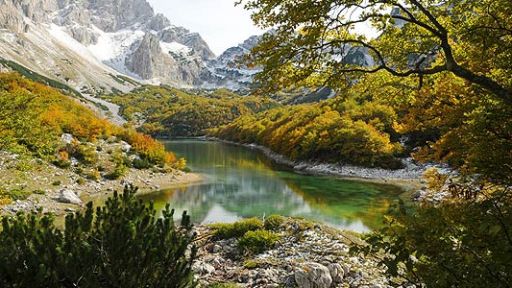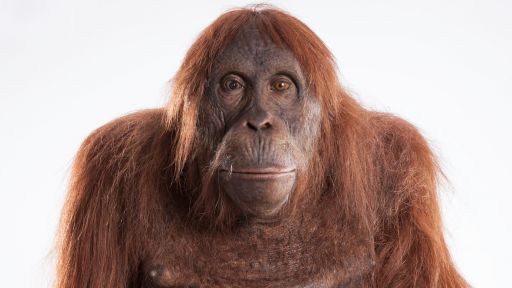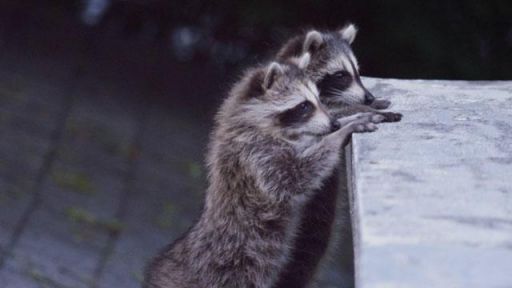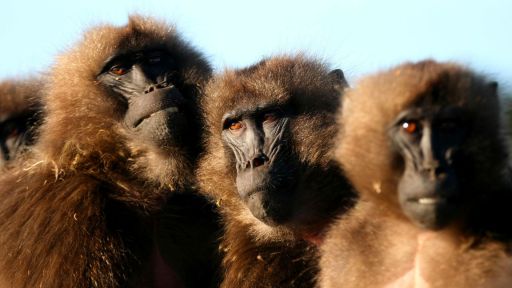Cuba’s political and economic isolation has provided the outside world little opportunity to see its wildlife … until now. It may be renowned for its politics and its cigars, but Cuba is home to some of the most unusual creatures on earth, including the feisty Cuban crocodile, the world’s smallest bird and frog, and migrating land crabs.
Cuba’s diverse wildlife stems from its unique natural history. Cuba was not originally in the Caribbean Sea but in the Pacific Ocean, where the island was situated 100 million years ago, before the forces of continental drift slowly brought it into the Caribbean. As the island migrated over the ages, an astonishing variety of life arrived by air, sea, and possibly by land bridges that may have once existed. Over time, these animals adapted to their new environment. Today, more than half of Cuba’s plants and animals, including more than 80 percent of its reptiles and amphibians, are found nowhere else on the planet.
Protected by its isolation, the wildlife of Cuba has remained naturally preserved, untouched, and unexplored. Through a special arrangement with the Cuban government, unprecedented access was granted to film the island’s natural riches.
Join NATURE in exploring Cuba’s coral reefs, swamps, forests, and caves to uncover the astonishing diversity of life on the island.

